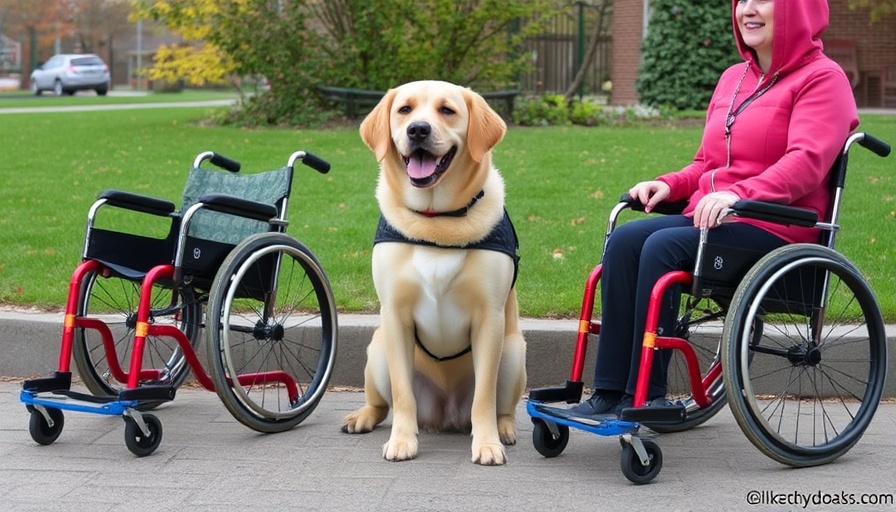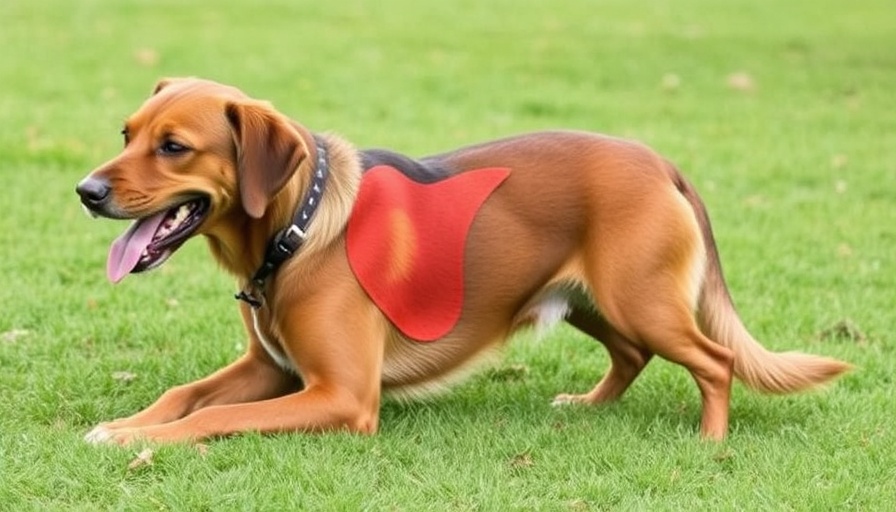
The Reality Behind Sit-Down Dog Wheelchairs
The evolution of mobility aids for pets has seen many innovations, but when it comes to sit-down dog wheelchairs, caution becomes the mantra. The latest information from Walkin’ Pets sheds light on why these products might not be as beneficial as intended.
Understanding the Purpose of Dog Wheelchairs
The primary purpose of a dog wheelchair is to facilitate exercise and mobility, ensuring that pets can maintain their health and muscle strength. Walkin’ Pets emphasizes the importance of products that are not only functional but also safe for use. Their commitment to quality ensures that their wheelchairs never collapse on the dog during use, protecting our furry friends while they regain their mobility.
Why Sit-Down Wheelchairs Fail to Deliver
While other companies, such as Best Friend Mobility, have attempted to design sit-down chairs for dogs, the results have been far from positive. Reviews indicate that these products fail to meet safety standards. Many have described experiences where the wheelchair could not adequately support the dog, leading to widespread returns and dissatisfaction among users. Citing data from Fakespot, Walkin’ Pets reported that many positive feedbacks were likely fabricated.
The Amigo Dog Wheelchair: A Better Alternative
In stark contrast to the sit-down designs, the Amigo Dog Wheelchair stands out as a well-thought-out solution for dogs with limited mobility. Developed by Israeli engineer Nir Shalom, this custom-built wheelchair integrates closely with the dog’s anatomy, functioning as a prosthetic that enhances mobility rather than complicates it. Its rigid design minimizes the risk of accidents, ensuring that your pet can enjoy their activity safely.
Why Adjustable Sit-Down Models Are Not Recommended
Despite efforts from other manufacturers to create adjustable sit-down or lay-down dog wheelchairs, the negative feedback remains strikingly consistent. High rates of returns and poor performance reviews highlight a clear message: these products often fall short in delivering safety and comfort. Walkin’ Pets advocates thoroughly for the Walkin’ Wheels fully adjustable wheelchair, which they believe is superior due to its well-researched safety features and focus on pet health. The design not only accommodates various sizes and breeds but also encourages active use, keeping dogs strong and healthy.
The Importance of Vet Consultation in Mobility Solutions
For veterinarians and vet techs, understanding the options available in dog wheelchairs is essential for advising pet owners effectively. A well-informed recommendation can make all the difference in a pet's recovery journey. Whether for mobility recovery or enhancing quality of life, consulting with a veterinarian ensures that the selected device meets the dog's specific needs.
Empowering Pet Parents: Making Informed Decisions
Pet parents must be proactive in choosing the right mobility aids for their beloved companions. Equip yourself with knowledge about existing products, benefits, and potential pitfalls of each model. By seeking trusted products and listening to expert testimonials, pet owners can empower their advocacy in pet wellness. Initiatives surrounding pet health can lead to more confidence in decision-making processes regarding mobility solutions.
Connecting to Our Community of Pet Enthusiasts
Building a strong network among veterinarians, trainers, rescue organizations, and pet nutritionists can greatly enhance the discussions surrounding pet mobility assistance. The exchange of experiences can illuminate the safest options available and highlight products worth investing in. Participation in local pet events and forums can keep communities informed, bringing together various stakeholders to share insights and recommendations.
The Takeaway: Prioritizing Pet Safety Above All
When it comes to making mobility decisions for pets, safety must be the foremost priority. While sit-down models may seem appealing at first glance, their safety risks outweigh their benefits. With options like the Amigo Dog Wheelchair and recognized products by Walkin’ Pets, pet owners can find solutions that not only help their furry friends move but thrive.
It’s vital to stay vigilant about the products we choose for our pets and the needs they represent. If you're exploring wheelchair options for your pet, prioritize their safety and well-being above all else—after all, a happy and healthy member of the family is worth every effort!
 Add Row
Add Row  Add
Add 




Write A Comment